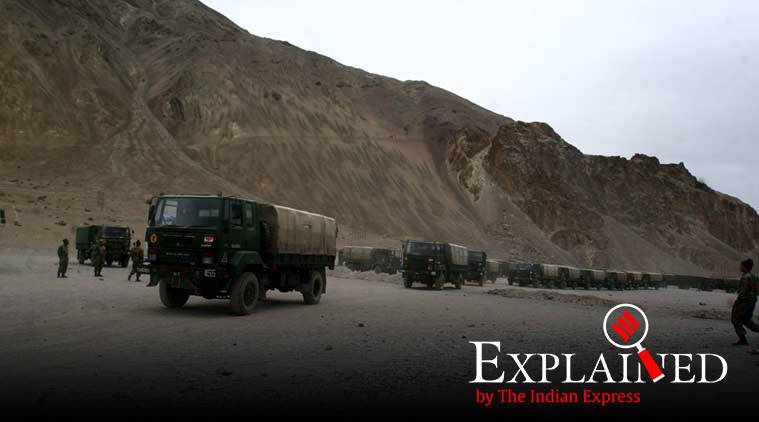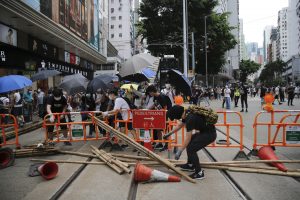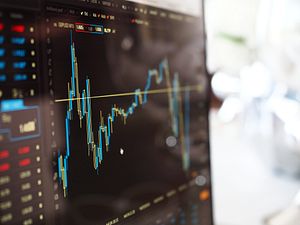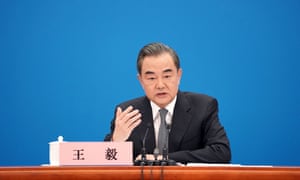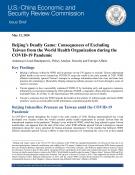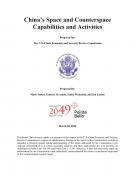by Raphael S. Cohen, Eugeniu Han, Ashley L. Rhoades
Research Questions
What are the major geopolitical drivers of future conflict?
How will geopolitics shape who the United States fights in the future?
How will geopolitics shape where, how, when, and why might the United States' next war occur?
What are the implications for the U.S. Air Force and the future of warfare?
Carl von Clausewitz famously argued that "war is the continuation of politics by other means," and that aphorism remains as true in the 21st century as it was in the 19th: The future of warfare will depend on geopolitics. In this volume of the Future of Warfare series, RAND researchers examined six trends—U.S. polarization and retrenchment, China's rise, Asia's reassessment, the emergence of a revanchist Russia, upheaval in Europe, and turmoil in the Islamic world—to determine the drivers of conflict between now and 2030. Drawing on official strategy statements, secondary sources, and an extensive set of interviews across eight countries, this report explains how each of these trends has shaped conflict in the past and will likely continue to do so over the next decade. Together, these six trends point to three overarching findings. First, many of the underlying geopolitical assumptions in the U.S. National Defense Strategy for 2018—about the centrality of great-power competition and likelihood of aggression in the Indo-Pacific, Europe, and the Middle East—are correct. Second, although U.S. adversaries will likely remain relatively stable over the next decade, U.S. allies will likely change, especially as Europe becomes increasingly preoccupied with its own problems and as Asia reacts to the rise of China. Finally, and most importantly, U.S. strategists will face a deepening series of strategic dilemmas as the possibility of conflict in the Indo-Pacific, Europe, and the Middle East pull limited U.S. resources in different directions.
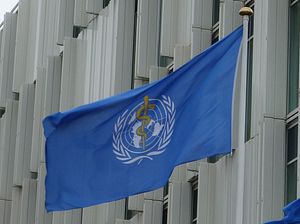 In the highly politicized context of COVID-19 and persistent calls for reform of current international organizations, Dr. Harsh Vardhan, India’s minister of health and family welfare, took charge over the WHO’s Executive Board as the chairman on May 22. Along with the chairmanship, India also occupies two other influential positions in the WHO: The external auditor, which oversees WHO’s spending (2020-2023), and the chief scientist post, created in 2019 in response to requests of institutional reforms of the global public health body.
In the highly politicized context of COVID-19 and persistent calls for reform of current international organizations, Dr. Harsh Vardhan, India’s minister of health and family welfare, took charge over the WHO’s Executive Board as the chairman on May 22. Along with the chairmanship, India also occupies two other influential positions in the WHO: The external auditor, which oversees WHO’s spending (2020-2023), and the chief scientist post, created in 2019 in response to requests of institutional reforms of the global public health body.

